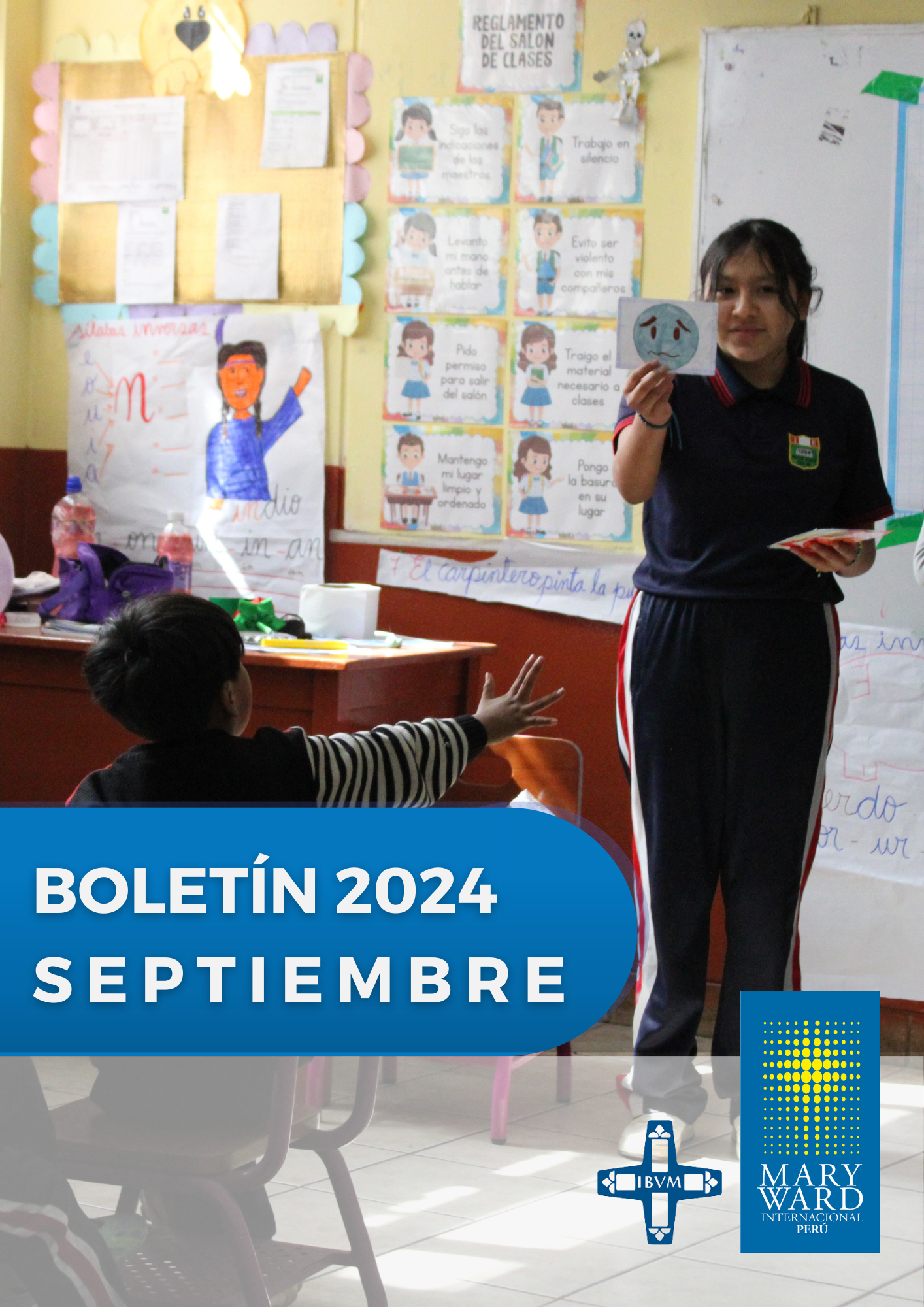Las liturgias de la Semana Santa, desde el Jueves Santo por la noche hasta la Vigilia Pascual del Sábado por la noche, tratan de lo que ya es y de lo que aún no es, de lo que todavía está en proceso. Lo que Jesús de Nazaret realizó en su pasión, muerte y resurrección ya está aquí. Lo que queda por hacer está sucediendo día a día, a grandes o pequeños pasos en todo el planeta, en todo el Cosmos pero especialmente en la vida de los hombres y mujeres de todo el mundo.
En esta Semana Santa 2024 acompañaremos a Jesús de Nazaret con todo nuestro amor y atención para entender y aprender cómo lo hizo, cómo logró nuestra salvación. Luego llevaremos lo aprendido a nuestra vida cotidiana, para intentar replicar en nuestro tiempo, en nuestro mundo de hoy, lo que Él ha hecho.
Estaremos con Jesús en la última Cena, con los amigos que le acompañaron en sus viajes de aldea en aldea por Galilea y escucharon sus enseñanzas, aunque no las entendieran; le vemos en el huerto, lleno de miedo y temor ante lo que le espera; le vemos presentarse ante sus jueces humillado, pero diciendo su verdad con dignidad sobre quién es; y, por la debilidad de Pilatos, le vemos iniciar su camino hacia la Cruz; azotado sin piedad, cargando el travesaño sobre sus hombros, cayendo y tropezando por las calles atestadas de gente; encontrándose con su madre y las mujeres compasivas. Aprendemos sobre el pecado, cómo es personal, pero también a menudo, cómo está institucionalizado en el poder de los intereses de los grupos, aun de los gobiernos que hacen manipular a la gente.
Para mí, Alexei Nalvalny es una figura de Jesús de hoy. Pudo escapar de la detención y la tortura a manos de las autoridades rusas, pero él, como Jesús, y fortalecido también por su fe cristiana, decidió quedarse y dar testimonio de la verdad de lo que decía sobre la injusticia y la corrupción.
Jesús sigue adelante, todavía amando y cuidando y creyendo en el amor y la fidelidad de su padre, hasta la colina fuera de la ciudad donde va a morir de la forma más cruel. Él es, en su persona, el amor y la fidelidad de su padre. Podía haberse escabullido de Jerusalén y evitar el sufrimiento que el pecado del mundo inflige a los hombres en todas partes; pero se quedó para dar testimonio de la verdad de lo que había enseñado sobre el amor del Padre a todos, y la dignidad de cada uno de sus hijos, especialmente de los pobres y despreciados. Así es como nos ha salvado. Rompió el poder del pecado continuando amando hasta el final.
Un jesuita francés, Teilhard de Chardin, ha escrito que imagina un fuego de amor en el pecho de Jesús que, en el momento de su muerte, se expandió y fluyó hacia el mundo entero para avivar por todas partes las llamas del amor y de la entrega, de modo que el sueño del Padre de un Cosmos lleno de amor se realice día a día hasta el fin de los tiempos.
Holy Week 2024. What already is and what is not yet.
The liturgies of Holy Week from Thursday evening through to The Saturday night Easter Vigil are about what already is and what is not yet, what is still in process. What Jesus of Nazareth accomplished in his pasión, death and Resurrection is already here. What remains to be done is happening day by day, by big steps or small steps in the whole of the planet, in the entire Cosmos but especially in the lives of men and women everywhere.
In this Holy Week 2024 we will accompany Jesus of Nazareth with all our love and attention to understand and to learn how he did it, how he accomplished our salvation. Then we will take what we have learned into our everyday lives, so as to try to replicate in our times, in our world today, what he has done.
We will be with Jesus at the last Supper, with the friends who accompanied him on his journeys from village to village in Galilee and heard his teachings, even if they didn’t understand them; We see him in the garden, filled with fear and dread of what is ahead; we see him stand before his judges humiliated but speaking his truth with dignity about who he is; and, because of the weakness of Pilate, we see him begin his journey to the Cross; whipped mercilessly, taking up the crossbeam on his shoulders, falling and stumbling through the crowded streets; meeting his mother and the compassionate women. We learn about sin, how it is personal, but so often as we know today, it is also institutionalized in the power and interests of groups and even of governments who manipulate the people. For me, Alexei Nalvalny is a Jesus figure of today. He might have escaped arrest and torture at the hands of the Russian authorities but he, like Jesus, and strengthened by his Christian faith, too, chose to stay and to give witness to the truth of what he was saying about injustice and corruption.
On and on he goes, still loving and caring and believing in his father’s love and faithfulness, to the hill outside the city where he is to die by a most cruel death. He is, in his person, his father’s love and faithfulness. He could have slipped away from Jerusalem and avoided the suffering that the sin of the world inflicts on people everywhere; but stayed to witness to the truth of what he had taught about the Father’s love for all, and the dignity of each one of his children, especially of the poor and despised. This is how he has saved us. He broke the power of sin by continuing to love to the very end. A French Jesuit, Teilhard de Chardin, has written that he imagines a fire of love in Jesus’ breast that, at the moment of his death, expanded and flowed out into the whole world to fan the flames of love and self-giving everywhere so that the Father’s dream of a Cosmos filled with love be realized day by day till the end of time.
Mary Elizabeth Kirke



